Bison Management-brucellosis Disease
Bison management-brucellosis disease. The bacteria can spread from animals to humans. Studies of elk and bison indicate between 50 of female elk and 90 of female bison abort their first calf after infection but second and third pregnancies following infection progress normally. Debra Lawrence at 208 332-8540 for information on adult vaccination.
The bacteria that causes the disease Brucella abortus can be transmitted between animals if they come into contact with. Brucellosis is an infectious disease caused by a type of bacteria called Brucella. Like other animal disease eradication efforts success of the program depends on the support and participation of livestock producers.
This plan is a bison management plan not a brucellosis elimination plan. The disease can affect many species of mammals particularly cattle swine bison elk deer goats sheep horses and other ruminants. Bison abundance averages 3000-3500 per decade while maintaining 95 of existing genetic diversity.
Brucellosis is an infectious disease caused by bacteria termed Brucella. Other ruminants cats nonhuman primates and humans are occasionally affected. May 2018 animals Brucellosis is a zoonotic bacterial disease caused by several species in the genus Brucella.
Bangs Disease Last Updated. Increased tolerance for bison outside Yellowstone while maintaining separation between bison and cattle. If your Idaho-origin animal is over 12 months and has not been vaccinated for brucellosis contact Dr.
Bovine spongiform encephalopathy BSE is a fatal neurodegenerative disease caused by a prion that mainly affects cattle. Brucellosis is a zoonotic disease meaning it can spread from animals to humans. Abortion is characteristic of an acute brucellosis infection and there is no feasible treatment or cure for the disease.
The disease is worldwide and usually confined to animals. Decrease in brucellosis prevalence in bison to levels similar to sympatric elk 5-10.
Wood bison disease management.
Elk Cervus elaphus and bison Bison bison of the Greater Yellowstone area are the last known reservoir of bovine brucellosis Brucella abortus in the United States. Brucellosis is an infectious disease caused by a type of bacteria called Brucella. Brucellosis is a zoonotic disease meaning it can spread from animals to humans. There are several different strains of Brucella bacteria. Cattle brought brucellosis to the Yellowstone area in the early 1900s and transmitted it to local wildlife populations. Elk Cervus elaphus and bison Bison bison of the Greater Yellowstone area are the last known reservoir of bovine brucellosis Brucella abortus in the United States. Brucellosis Eradication Program to eliminate the disease from the country. The disease can affect many species of mammals particularly cattle swine bison elk deer goats sheep horses and other ruminants. Abortion is characteristic of an acute brucellosis infection and there is no feasible treatment or cure for the disease.
Bison are infected with brucellosis Brucella abortus and their seasonal movements can expose livestock to infection. The bacteria can spread from animals to humans. Brucellosis is a nonnative bacterial disease that induces abortions in pregnant cattle elk and bison. It is chronic and contagious. Debra Lawrence at 208 332-8540 for information on adult vaccination. This plan is a bison management plan not a brucellosis elimination plan. Elk Cervus elaphus and bison Bison bison of the Greater Yellowstone area are the last known reservoir of bovine brucellosis Brucella abortus in the United States.
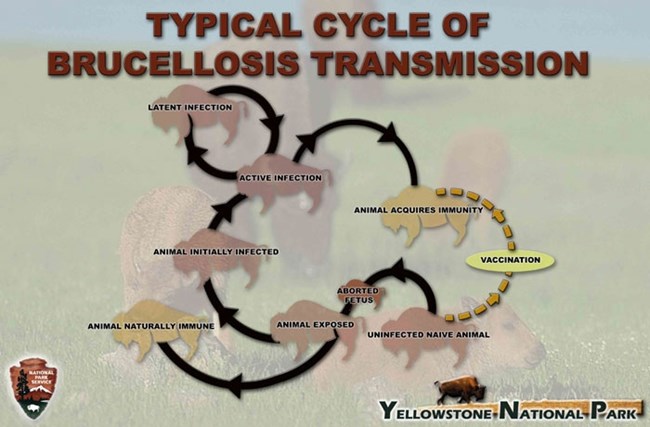

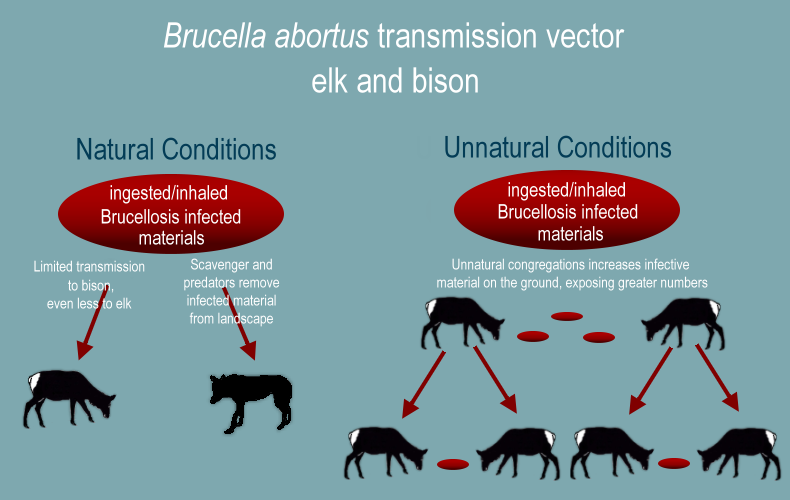
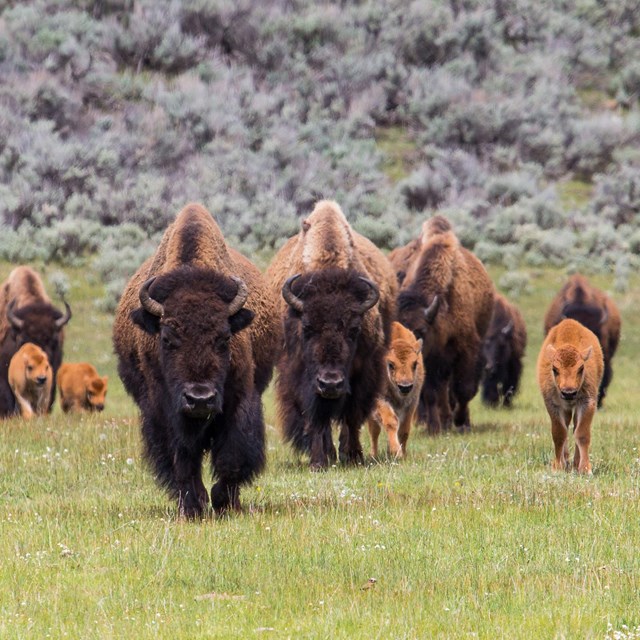
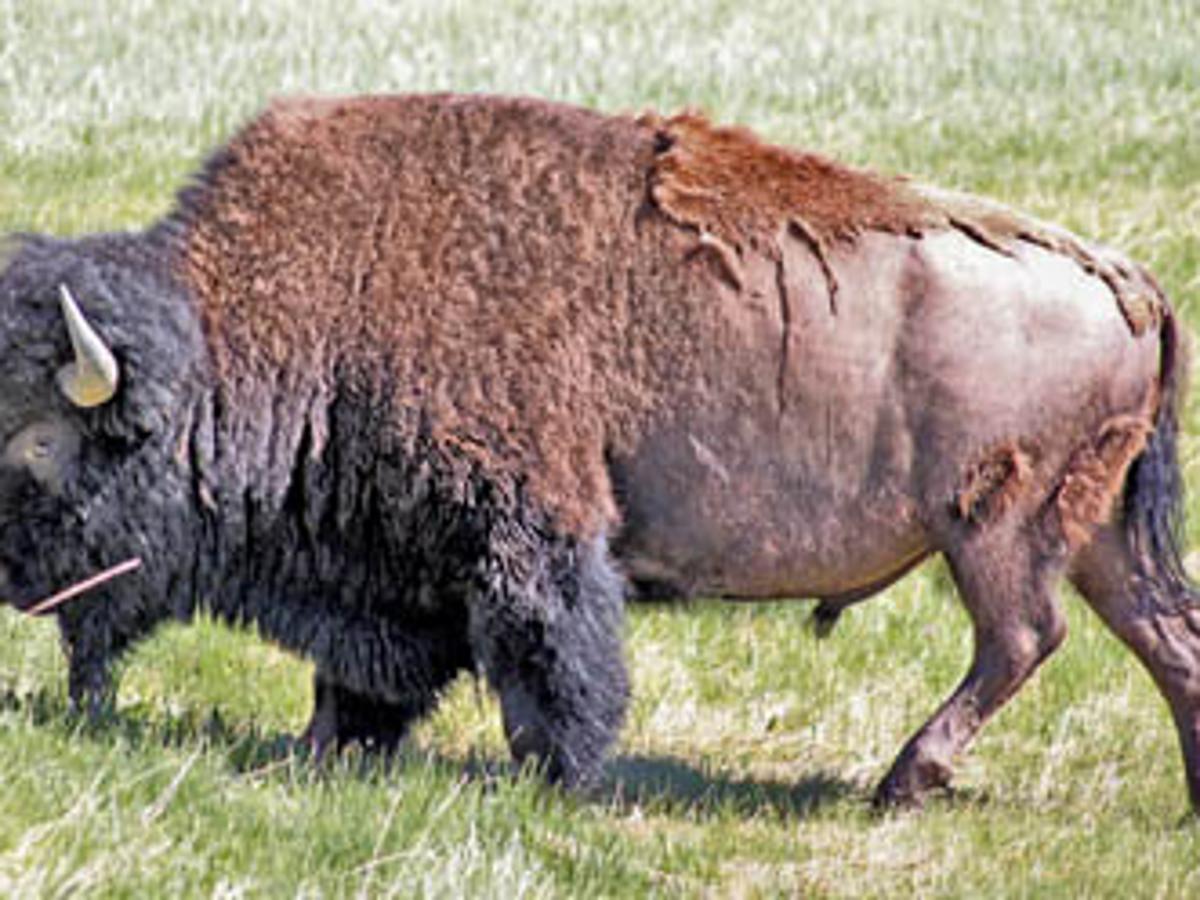
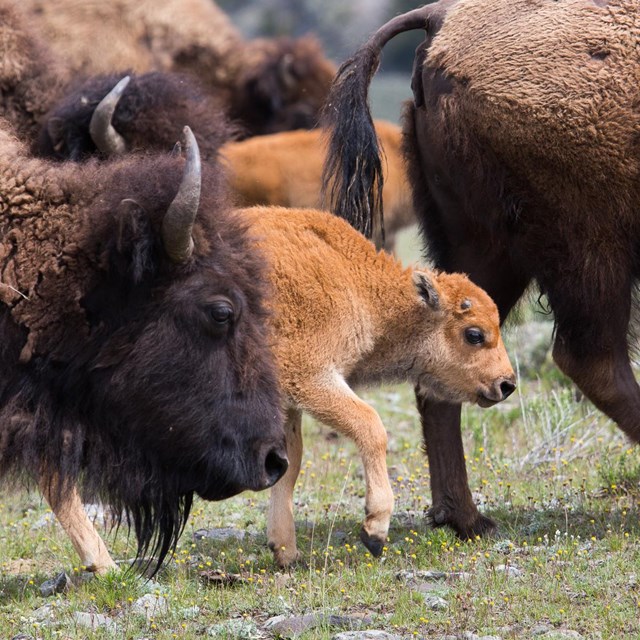
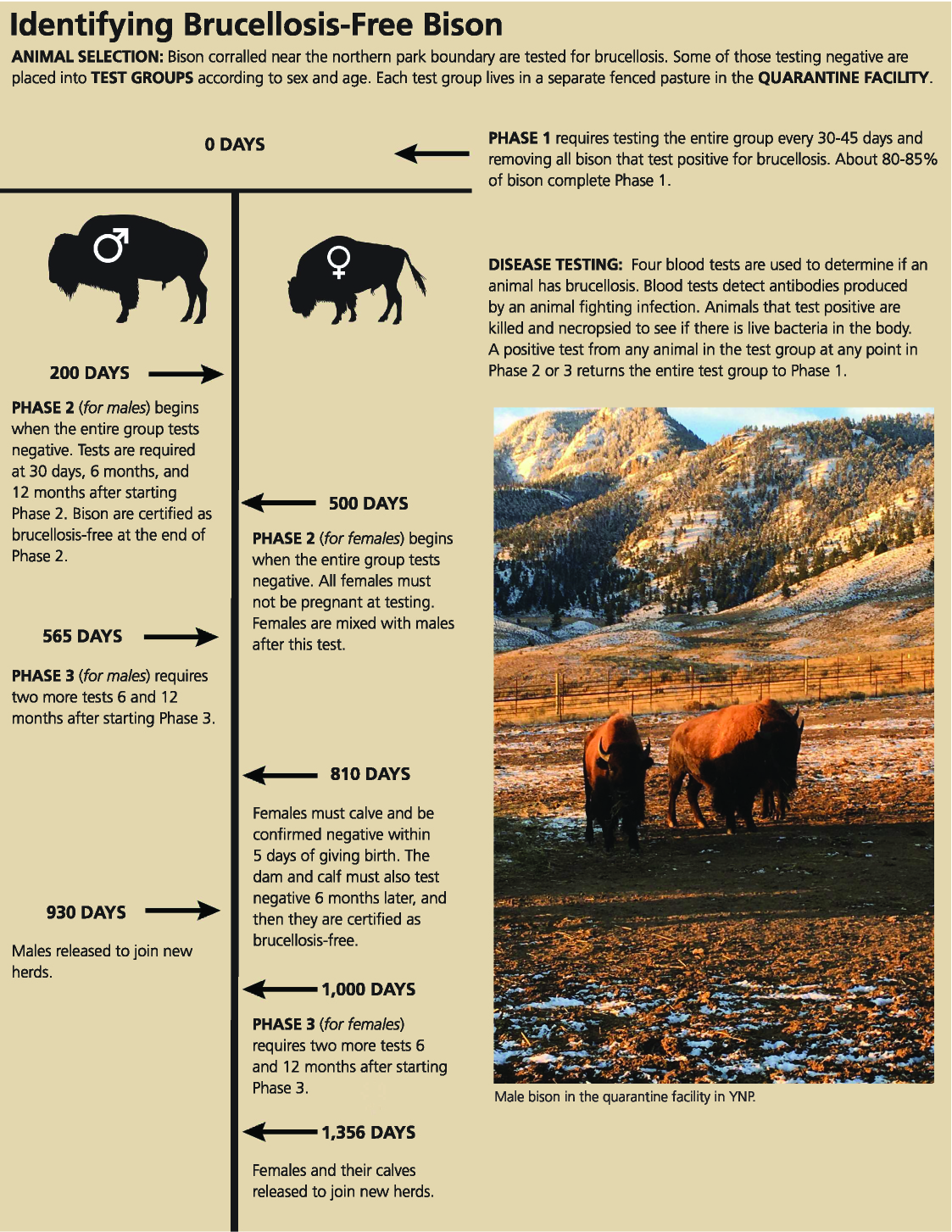
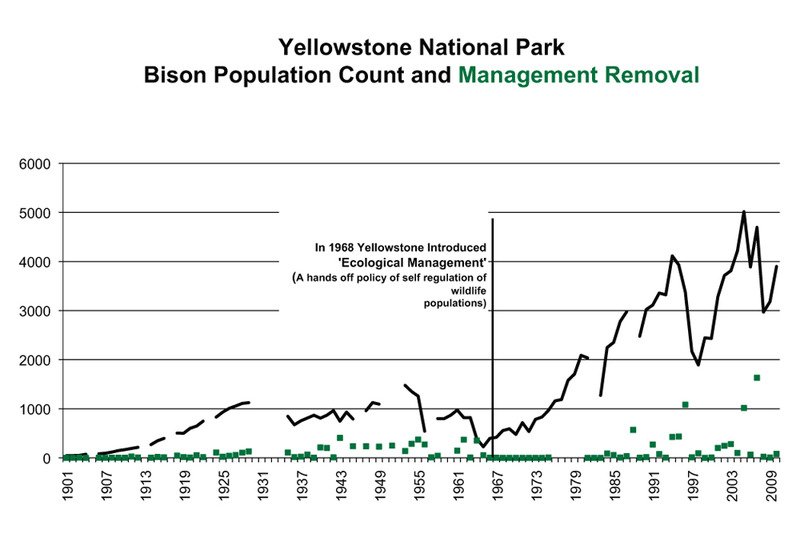
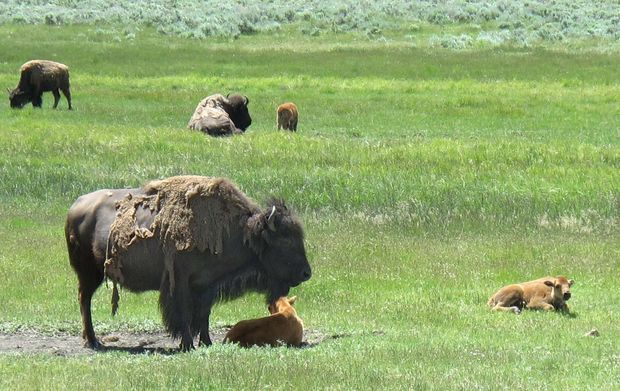
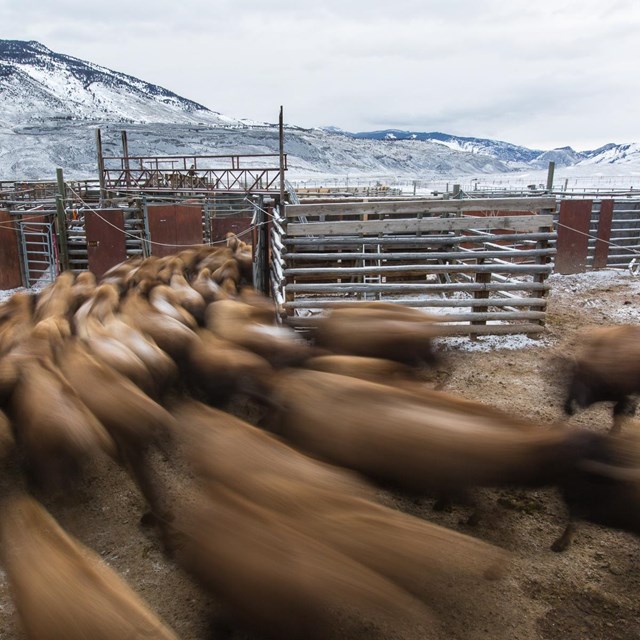


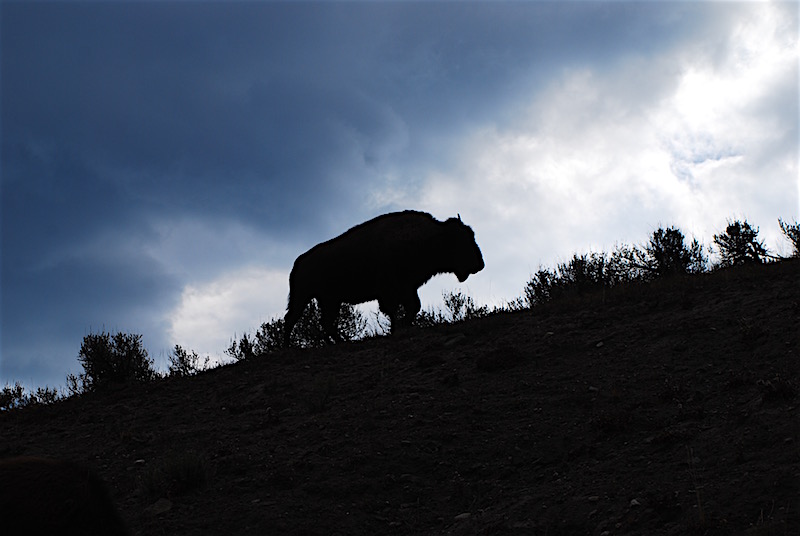


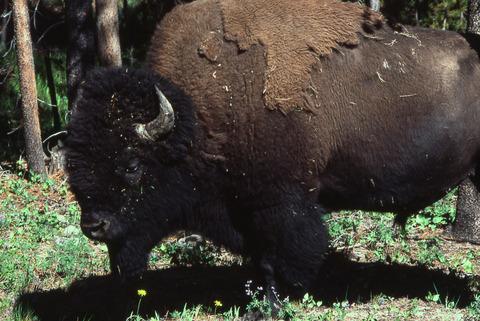
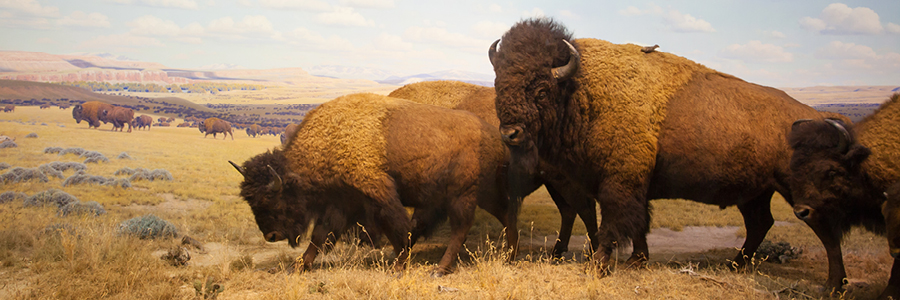








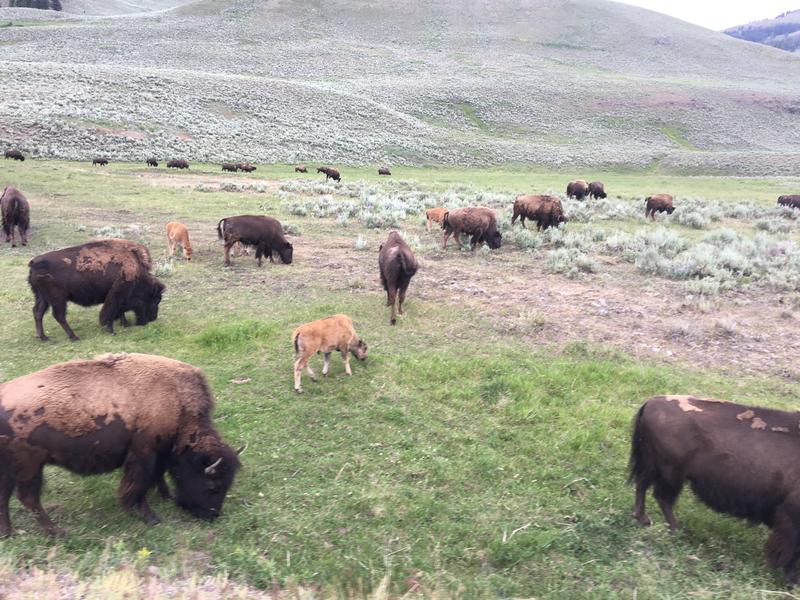

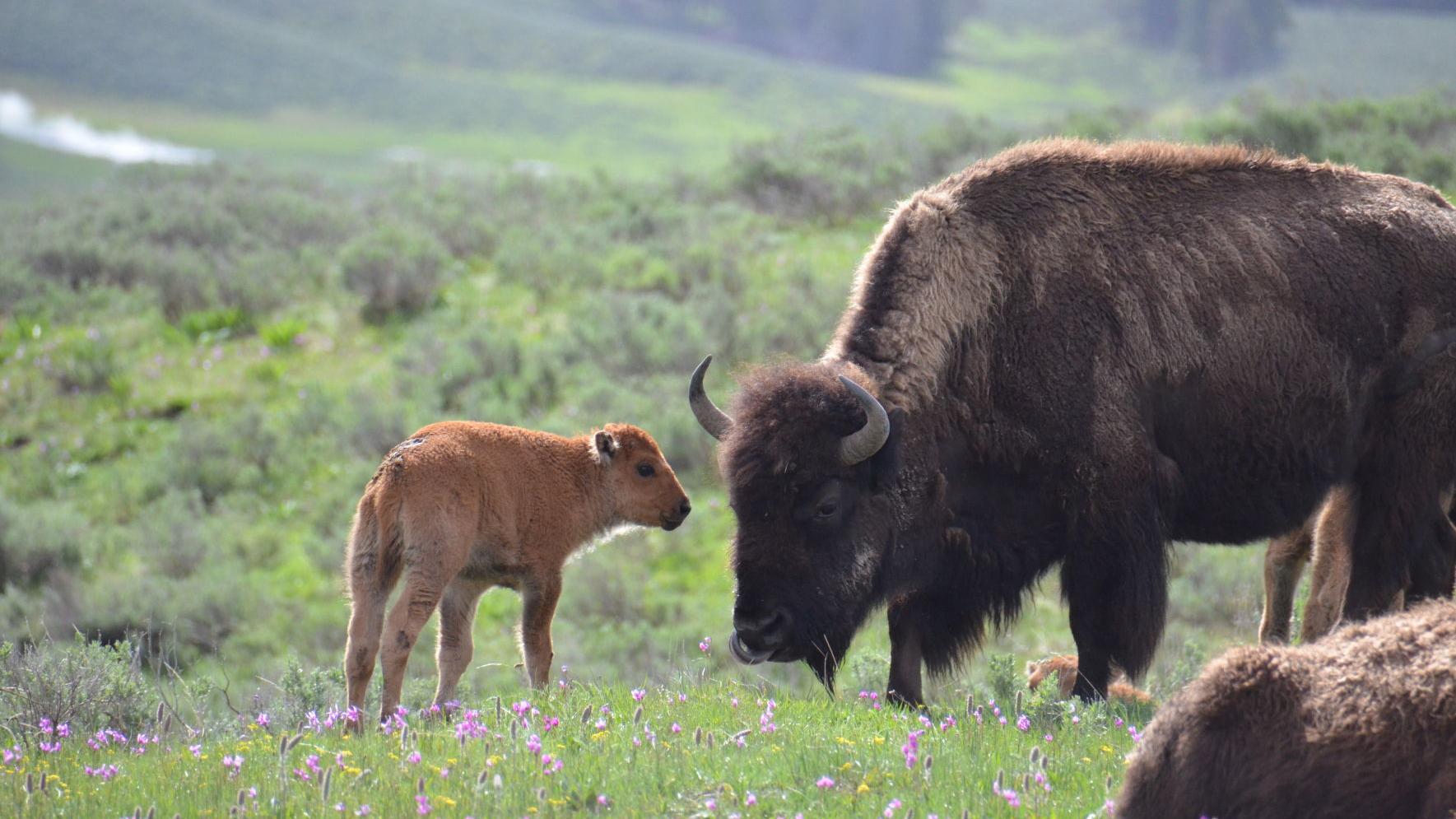



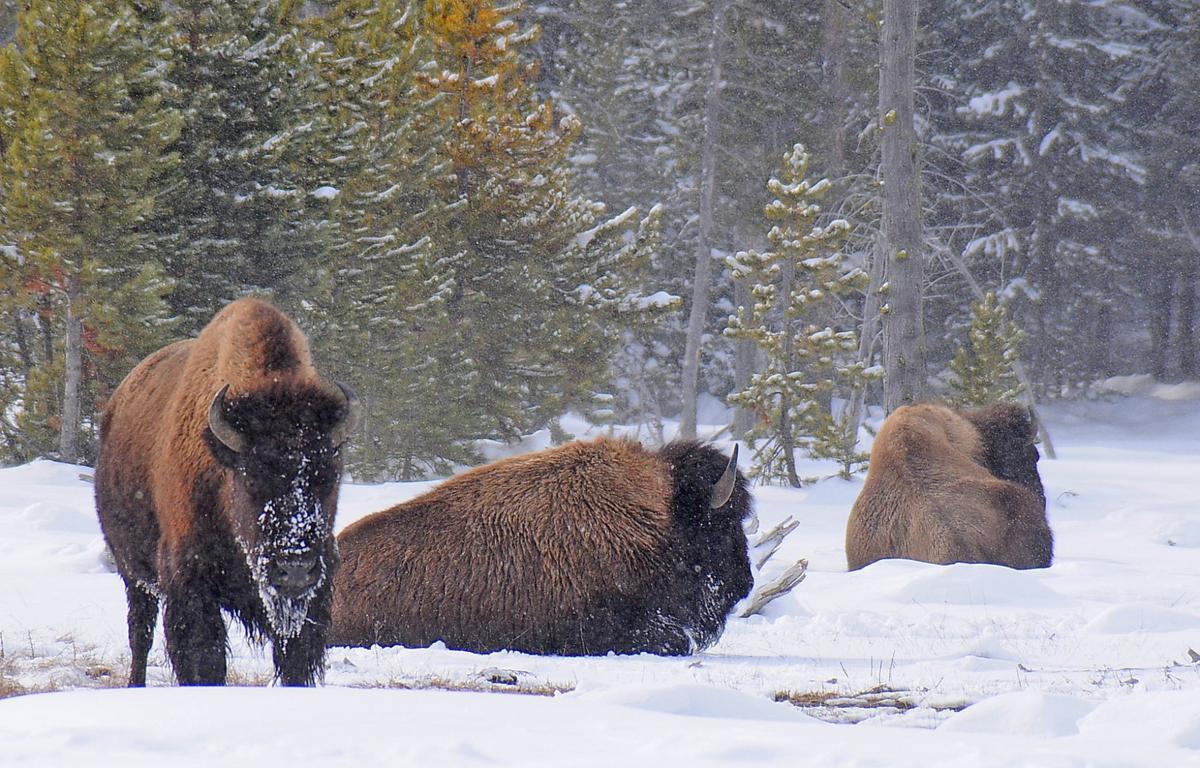



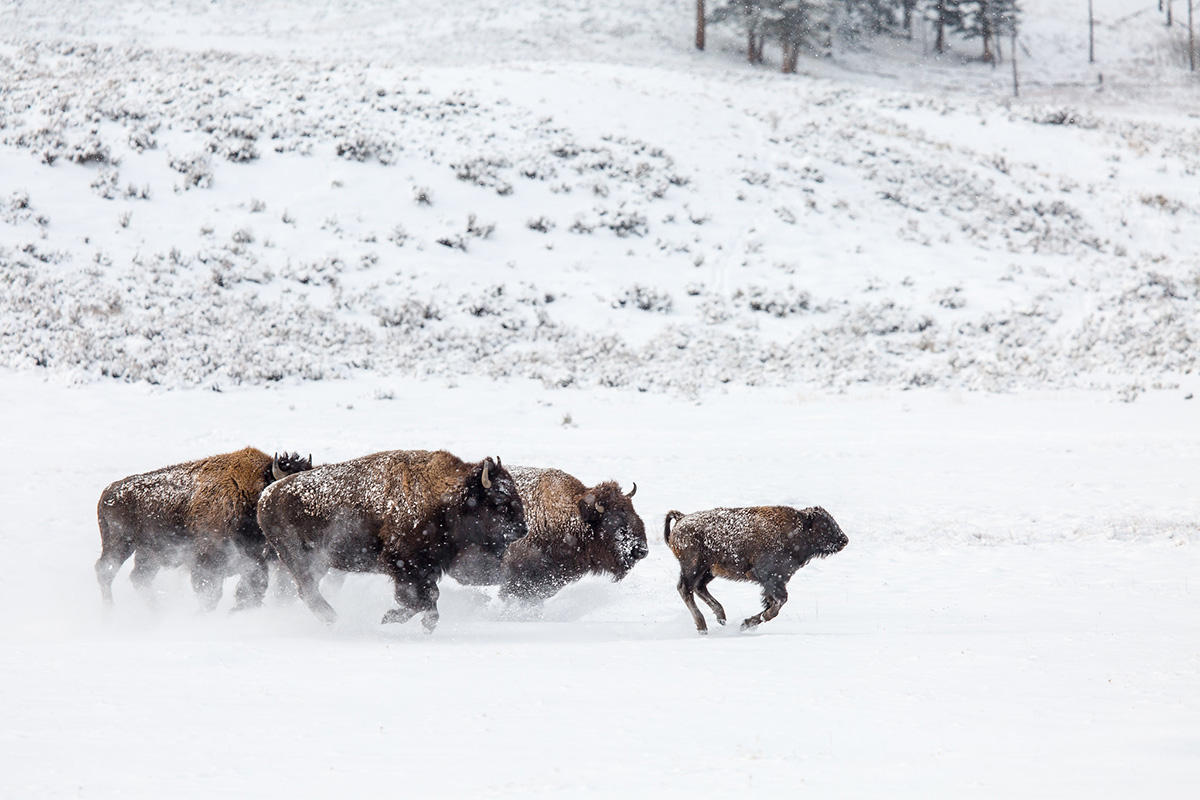

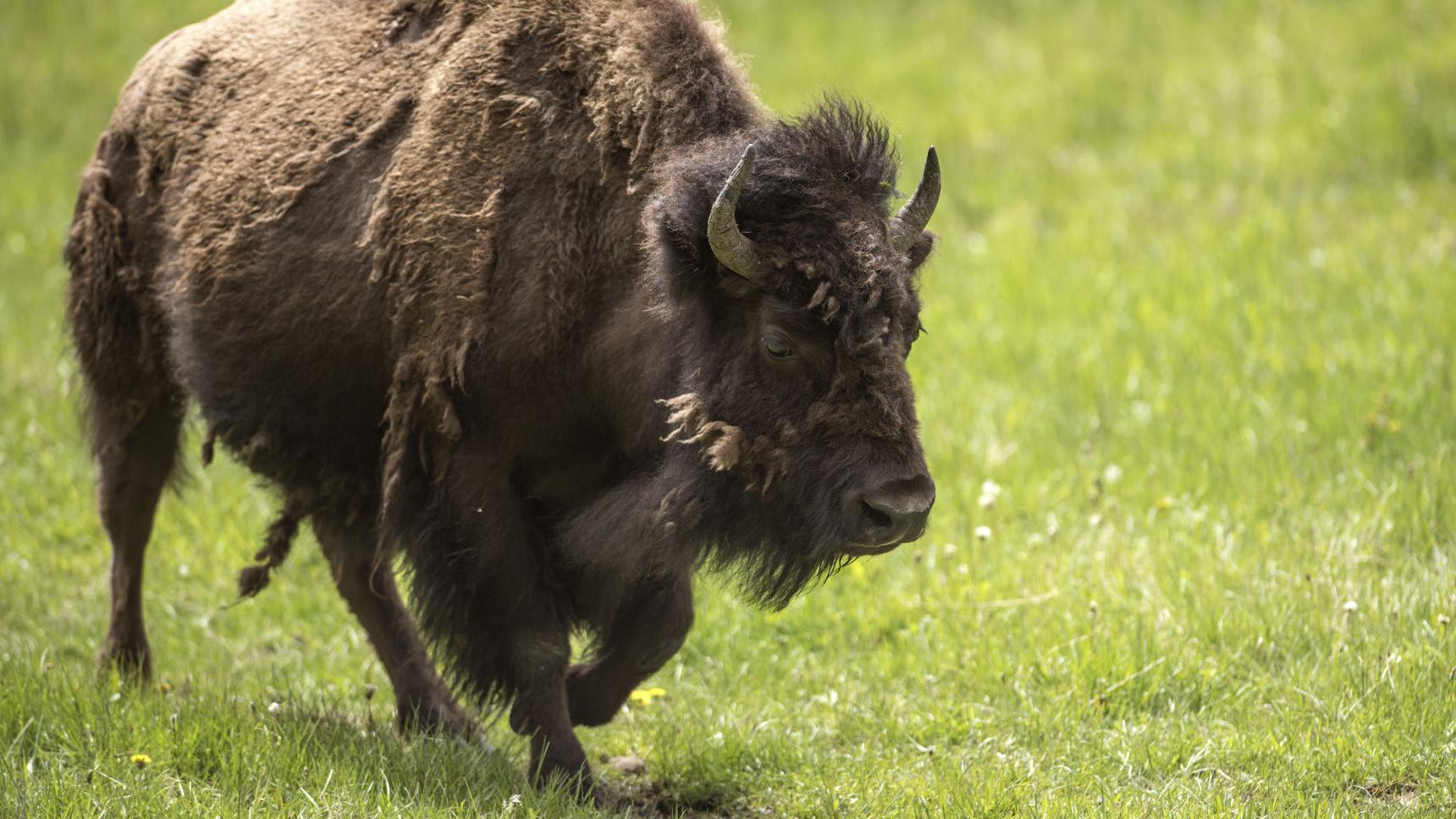



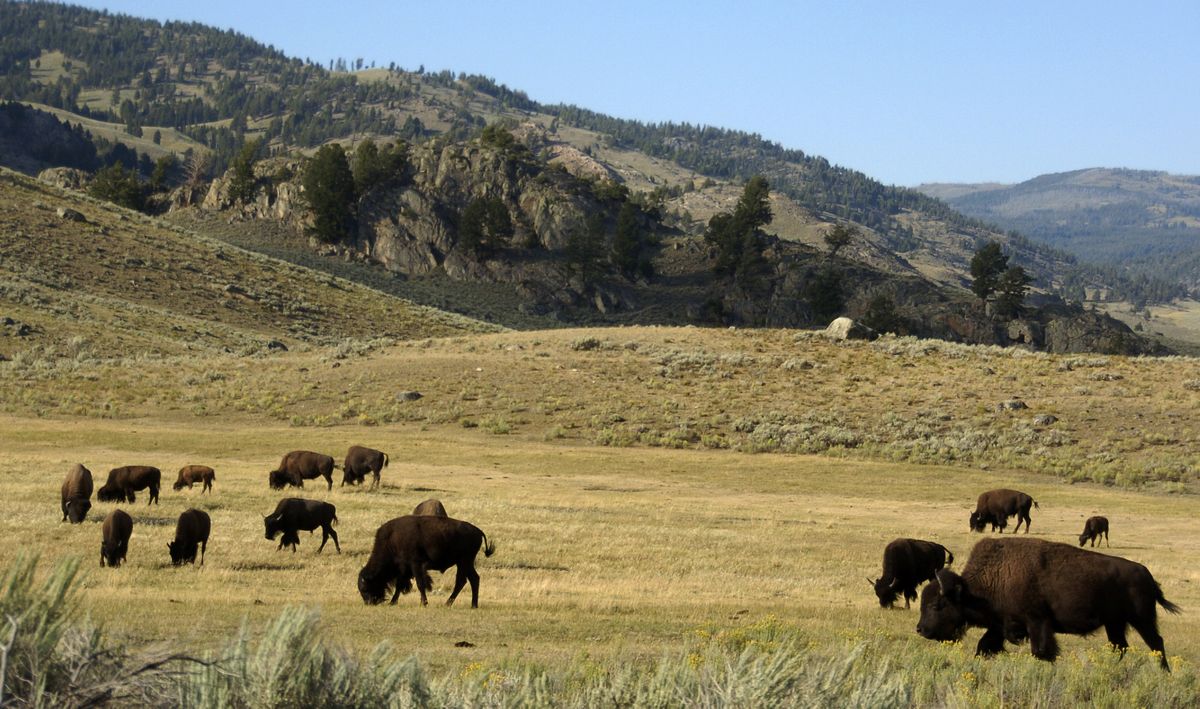

Posting Komentar untuk "Bison Management-brucellosis Disease"